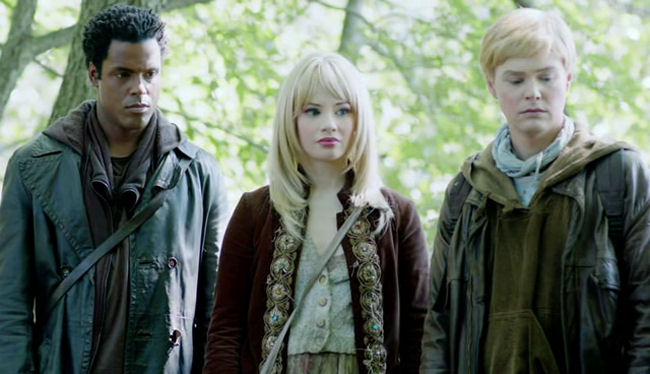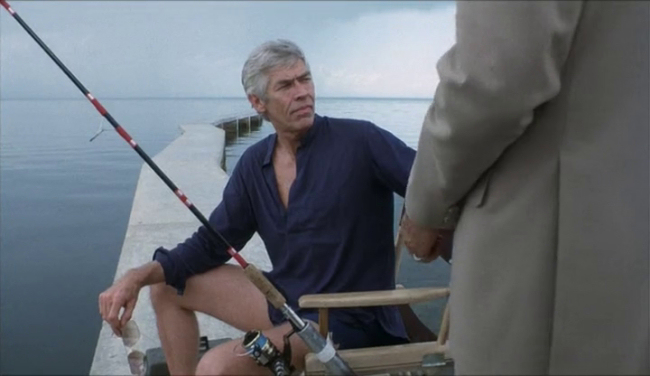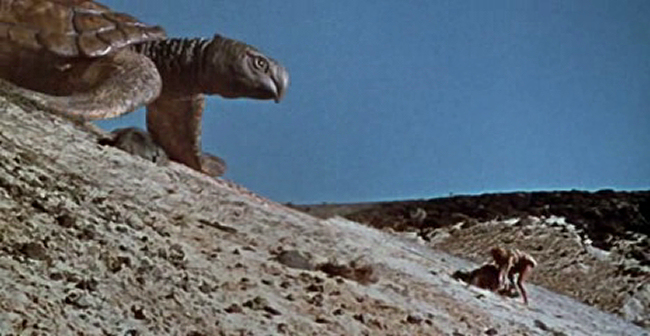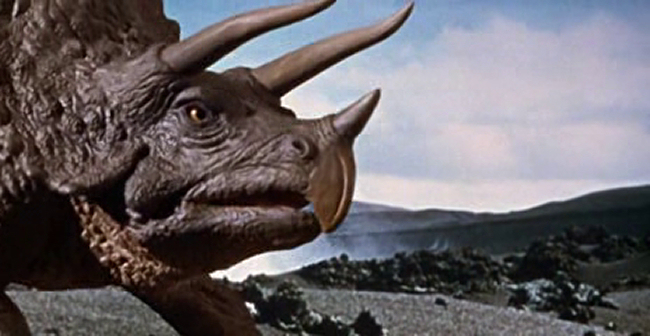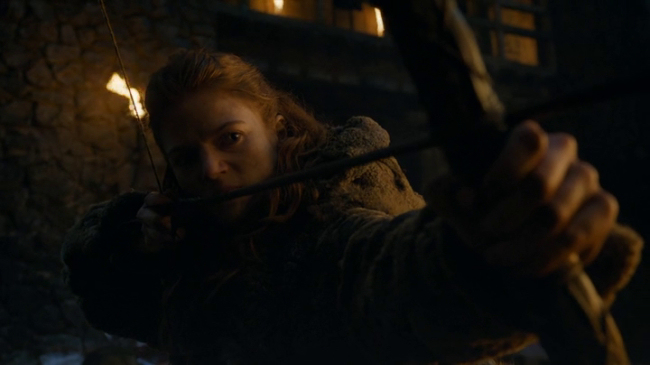
How much can you do with a few bullet wounds? From the very beginning of 1948's Cry of the City, a gangster named Martin Rome has already been shot a few times but it's only the beginning of his path filled with crooked lawyers, self righteous lawmen, a hard boiled masseuse, and Shelley Winters (briefly). In some ways it recalls the gangster films of the 1930s but it has a very noir-ish sense of inevitable doom. It's beautifully shot with good performances.

Victor Mature as police Lieutenant Candella gets top billing but the star of the movie is Richard Conte as Martin Rome. He plays it cool as Candella tries to get information out of him, taunting the officer while recovering from a gunfight in which he shot and killed a police officer. Martin doesn't seem that worried, even though he's not likely to get off easily as a cop killer, until Niles (Ben Kroeger), a lawyer, shows up and tries to coerce Martin into taking the rap for a robbery committed by another client of his. As the lawyer tells Martin, he's going to die anyway so he might as well help another fellow in the organisation.

The only problem is that the robbery was committed with a female accomplice which, if Martin accepted the frame, would implicate his sweet, innocent young girlfriend Teena (Debra Paget).

When Martin refuses to play along, Niles tells him he's going to frame him anyway, so Martin finds himself needing to escape the hospital so he can find the real female accomplice before the police find Teena. And every minute Martin's wounds seem to get worse.

There's plenty to please the censors in the movie about how one shouldn't turn to a life of crime even if it's an integral part of the culture in the neighbourhood one grew up in. Martin and Candella are both Italian and both grew up in a neighbourhood where young men aspired to be in the mob. Martin's parents seem as though they were born in Italy and they and Martin's brother and father's friends are subtly established as a credible community. Another thing helping the film's sense of reality are several location shots in New York City, including some footage of the now gone el train.

Shelley Winters appears in just two consecutive scenes as a friend of Martin's who investigates the identity of the female robber for him. Her scenes are brief and strange, almost like they belong in a different movie. She shows up inexplicably two thirds through the film and disappears without being seen or mentioned again.

Like any good noir, as broad as the lip service for infallibility of law and order is put forth, the heart of the film subverts it the more. Martin begins with bad cards and he's dealt worse ones. He always has choices, of course, but they're never easy and they always come with a big price.






